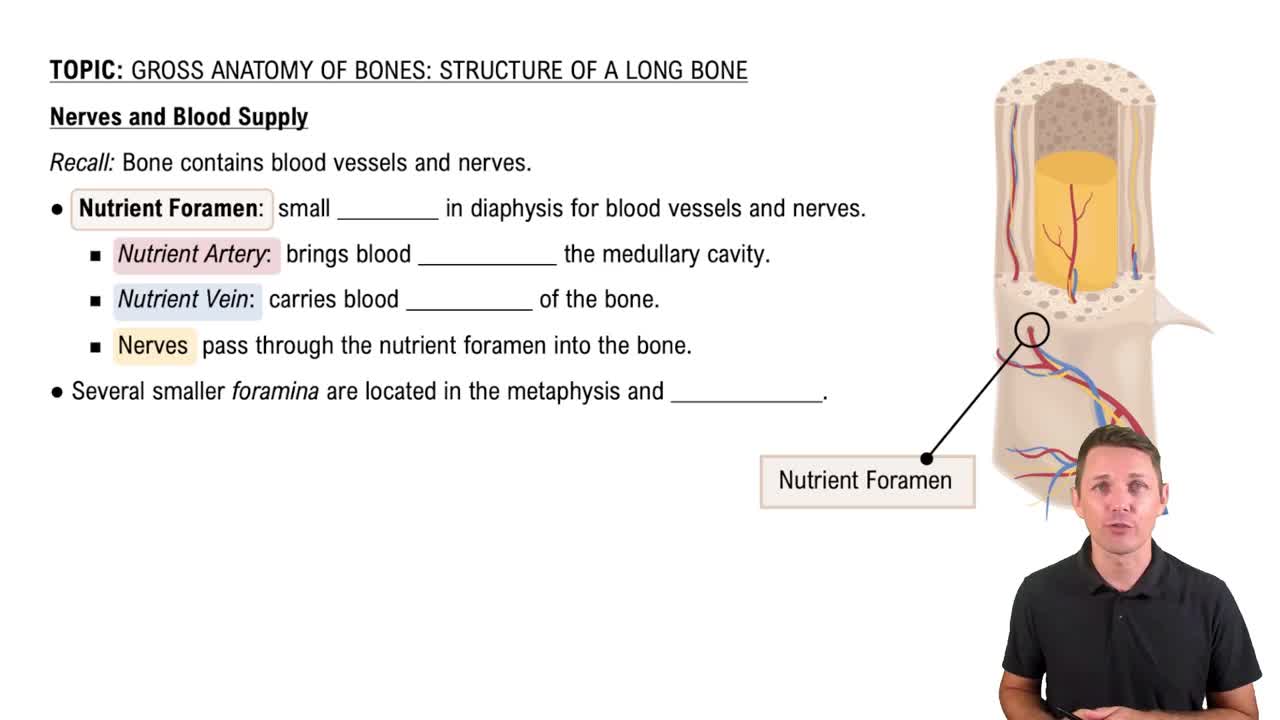Here are the essential concepts you must grasp in order to answer the question correctly.
Nerve Impulse Initiation
Nerve impulses, or action potentials, are initiated when a neuron is stimulated by a sufficient change in membrane potential, typically through the opening of voltage-gated sodium channels. This influx of sodium ions causes depolarization, leading to a rapid rise in voltage that propagates along the axon. The all-or-nothing principle dictates that if the threshold is reached, an impulse will be generated.
Recommended video:
Nerve Impulse Transmission
Once initiated, nerve impulses are transmitted along the axon through a process called saltatory conduction, where the impulse jumps between nodes of Ranvier, enhancing speed and efficiency. This occurs due to the myelination of axons, which insulates the nerve fibers and reduces ion leakage, allowing for faster signal propagation compared to unmyelinated fibers.
Recommended video:
One-Way Conduction at Synapses
Conduction at synapses is always one-way due to the structural and functional organization of synaptic transmission. Neurotransmitters are released from the presynaptic neuron and bind to receptors on the postsynaptic neuron, initiating a response. The presence of specific receptors and the reuptake mechanisms ensure that signals are transmitted in a unidirectional manner, preventing backward transmission.
Recommended video:
Conduction Pathway and Contraction
 Verified step by step guidance
Verified step by step guidance Verified Solution
Verified Solution



 5:55m
5:55m